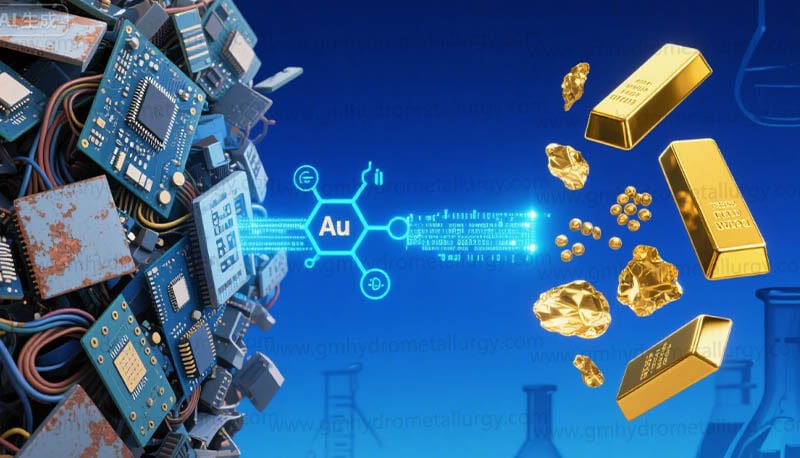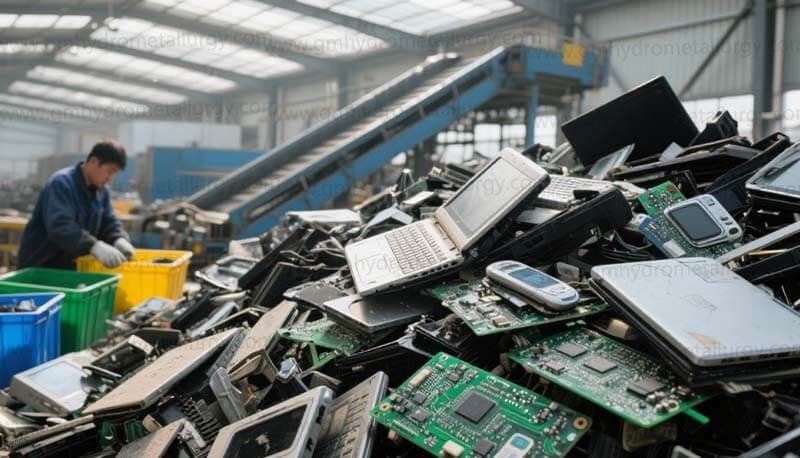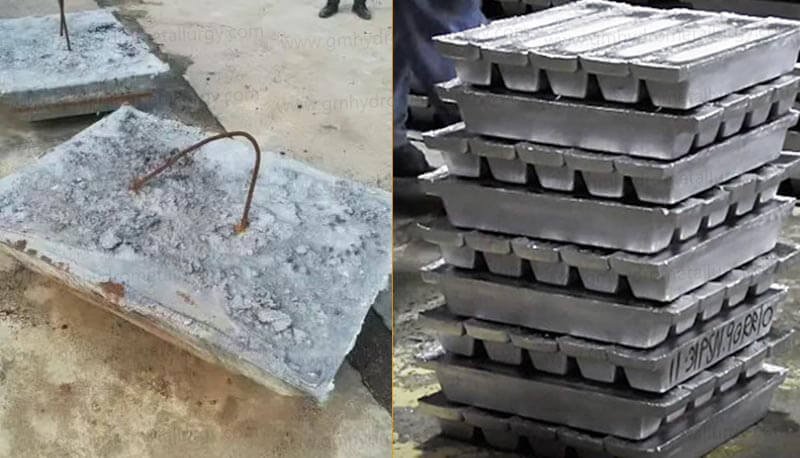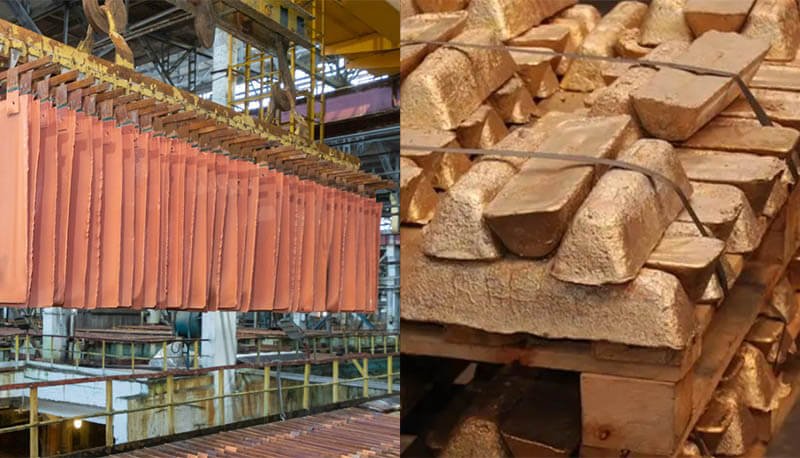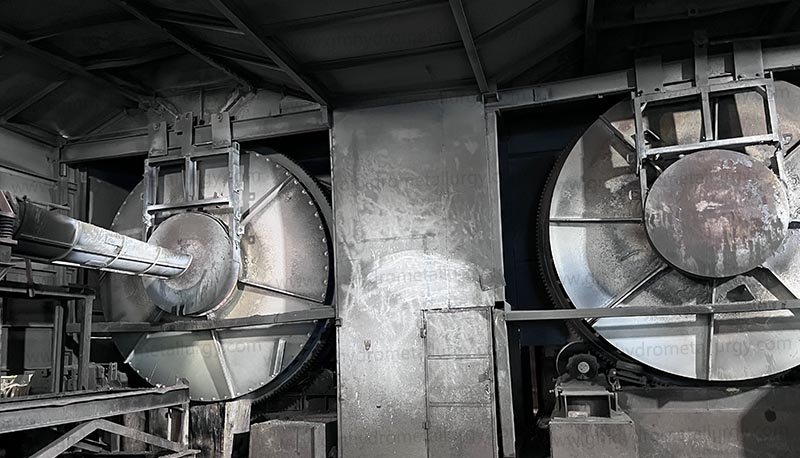Gold Refining from Electronic Scrap efficiently recovers valuable precious metals using the advanced Gold Refining Electrolysis Process. This method transforms complex e-waste components into high-purity (99.99%+) gold bullion, maximizing value recovery while minimizing environmental impact. Electrolysis offers superior purity, efficiency, and scalability for processing electronic scrap compared to traditional chemical methods.
Gold Refining Electrolysis Process: Step by Step
Turning electronic scrap into high-purity gold bullion via electrolysis involves meticulous stages:
1. Pre-Processing & Concentration (Critical for E-Scrap)
Electronic waste undergoes rigorous sorting, shredding, and physical separation (like eddy currents, magnets). Concentrated gold-bearing materials (often recovered via smelting into doré bars or chemical leaching/precipitation) become the anode feedstock. Purity and consistency here are vital for optimal electrolysis.
2. Anode Preparation
The impure gold concentrate (doré bar or cast anode) is securely mounted as the anode in the electrolytic cell.
3. Electrolyte Solution
A highly conductive solution, typically based on hydrochloric acid (HCl) and gold chloride (HAuCl₄), fills the cell. Maintaining precise concentration, temperature (usually 60-70°C), and pH is critical.
4. The Cathode
A thin sheet of very pure gold (or sometimes titanium) acts as the cathode, where pure gold will deposit.
5. Applying Current
Direct current (DC) is passed through the cell. Positively charged gold ions (Au³⁺) in the electrolyte migrate towards the negatively charged cathode.
6. Gold Deposition
At the cathode, gold ions gain electrons and deposit as extremely pure, solid gold. This growth is carefully controlled for optimal crystal structure and ease of harvesting.
7. Anode Dissolution
Simultaneously, the impure gold anode dissolves, releasing gold and other metal ions into the electrolyte. Precious metals like platinum group metals (PGMs) often accumulate in the anode slimes (sludge below the anode), while base metals mostly stay dissolved.
8. Harvesting & Processing Cathodes
Periodically, the pure gold deposited on the cathodes is harvested, washed, and often melted into bars or granules. Anode slimes are processed separately to recover other valuable PGMs.
9. Electrolyte Management
The electrolyte is continuously monitored and purified to remove base metal impurities and maintain optimal gold concentration for efficient deposition.
Maximizing Your E-Scrap Gold Recovery Investment
Implementing a gold refining electrolysis proces for electronic scrap requires significant expertise, investment in specialized equipment, and stringent safety/environmental controls. Partnering with an experienced industrial refining technology provider is crucial. They deliver:
Optimized System Design
Tailored for your specific e-scrap feedstock volume and composition.
Advanced Cell Technology
Ensuring high current efficiency and deposition quality.
Process Control Expertise
Maintaining critical parameters for peak performance.
Comprehensive Solutions
Integrating pre-treatment, electrolysis, and slimes processing.
Compliance Assurance
Meeting global environmental and safety standards.
Unlock the True Value in Your Electronic Scrap Stream
Don’t let valuable gold remain trapped in end-of-life electronics. The gold refining electrolysis process offers the most reliable, efficient, and high-yield path to transform complex electronic scrap into investment-grade pure gold. By leveraging this advanced technology, you achieve superior financial returns while fulfilling critical resource recovery and sustainability goals.
Ready to transform your electronic scrap into premium gold? Explore our advanced electrolytic refining solutions designed for maximum recovery and purity.



